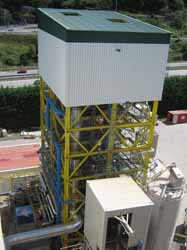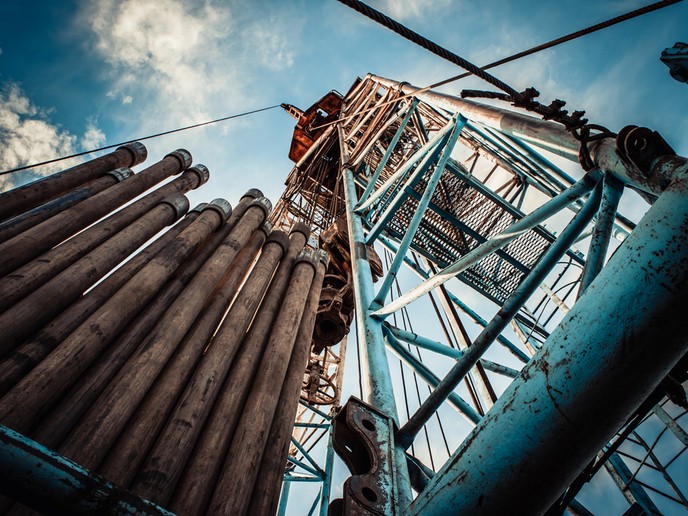Capturing carbon dioxide in flue gases
Long-term energy goals include meeting a significant portion of energy demands with renewable sources. During the transition period, carbon capture and storage is a promising way to reduce greenhouse gas emissions from the combustion of fossil fuels. The EU-funded project 'Development of postcombustion CO2 capture with CaO in a large testing facility: 'CaOling'' (CAOLING) worked on scaling up post-combustion calcium looping technology as a necessary prerequisite for a pre-industrial demonstration plant. Calcium looping is a limestone (calcium carbonate (CaCO3))-based process that relies on fluidised bed reactors (FBRs) that are common and thus inexpensive to install. CaCO3 is an excellent and cost-effective sorbent for CO2. Calcium looping using flue gases from a commercial coal power plant is therefore an extremely attractive option compared to other technologies. The first FBR is a carbonator that captures CO2 from the combustion flue gas as CaCO3, releasing a tremendous amount of heat in the process. Solids from the carbonator are channelled to a fluidised bed calciner where oxy-fired combustion of coal produces high temperatures to calcine the CaCO3 back to calcium oxide (CaO) and CO2. The latter is at a very high concentration and thus facilitates easy recovery. The high temperatures and heat produced by both reactors significantly increase the process efficiency. This is because the heat can be used to generate steam that can drive a turbine to produce electricity. Further, purge material with high CaO concentrations can be used to make cement for other applications. CAOLING developed new sorbents and techniques to enhance sorbent performance as well as simulation tools for the scale-up process. Scientists successfully demonstrated the feasibility of the technology with a 1.7 Megawatt thermal power plant. It had low efficiency penalty and was suitable for retrofit in existing coal combustion power plants. Very high CO2 capture efficiencies (over 90 %) were demonstrated on three different rigs by identification of appropriate conditions and parameters. CAOLING is the biggest initiative in the world to test calcium looping for post-combustion capture from flue gases and thus its success should position the EU as a leader in the field.







